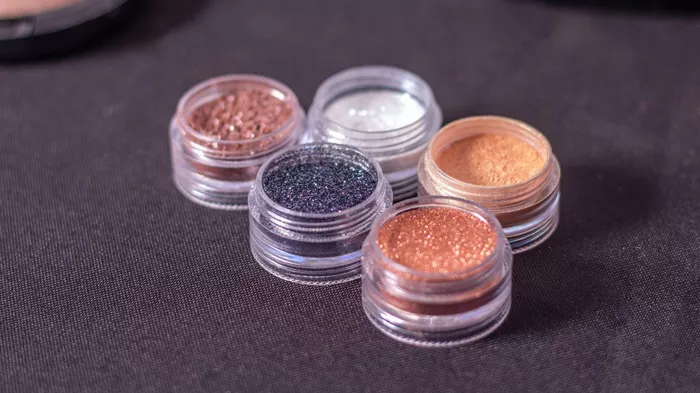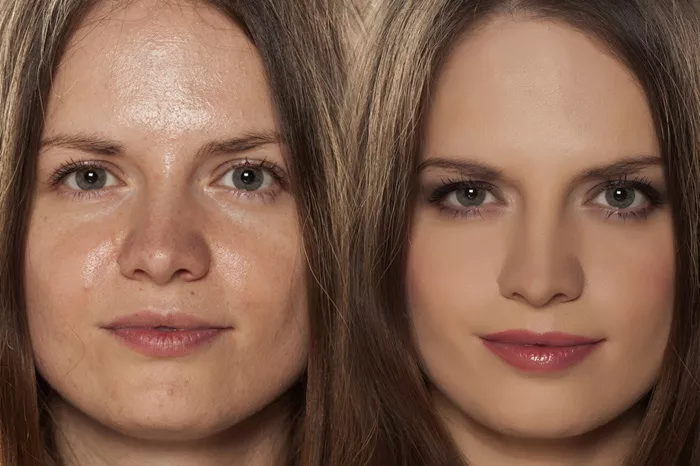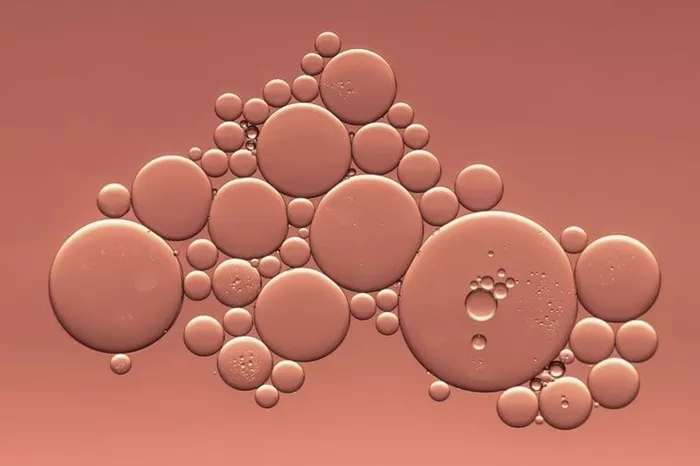Mica is a mineral renowned for its shimmering properties, frequently used in the cosmetics and skincare industry. Its unique attributes make it a popular choice for adding a touch of sparkle and radiance to various beauty products. This comprehensive article delves into what mica is, its benefits in skincare, how it’s used in cosmetic formulations, and the science behind its effectiveness.
Mica
Mica is a group of silicate minerals known for their layered, flaky structure, which gives them a natural sheen. They are typically found in igneous and metamorphic rocks and are characterized by their ability to split into thin, flexible sheets. This property makes mica a valuable ingredient in the cosmetics industry, where it is used to impart a shimmering effect to products.
The Science Behind Mica
To understand why mica is so effective in skincare, it’s essential to delve into its scientific properties:
Composition and Structure: Mica is composed mainly of aluminum silicate, with a crystalline structure that allows it to reflect light. The mineral’s unique lamellar structure contributes to its ability to produce a sparkling, luminous effect.
Types of Mica: There are various types of mica, including muscovite, biotite, and phlogopite. Muscovite is the most commonly used in cosmetics due to its excellent light-reflecting properties and stability.
Natural vs. Synthetic Mica: Mica can be natural, mined from the earth, or synthetic, created in laboratories. Both types are used in skincare, but synthetic mica is often preferred for its consistency and safety.
See Also: Does Crepe Erase Skincare Really Work?
Benefits of Mica in Skincare
Mica offers several benefits when incorporated into skincare products:
Luminosity and Radiance: Mica particles scatter light, creating a natural glow on the skin. This effect helps to reduce the appearance of imperfections and gives the skin a healthy, radiant look.
Optical Blurring: The reflective properties of mica can blur fine lines and wrinkles, making them less noticeable. This optical illusion helps in achieving a smoother, more even complexion.
Non-Comedogenic: Mica is non-comedogenic, meaning it does not clog pores. This makes it suitable for all skin types, including those prone to acne or other skin issues.
Versatility: Mica can be used in various formulations, from foundations and highlighters to eye shadows and lip products. Its versatility makes it a valuable ingredient in both high-end and drugstore cosmetics.
How Mica Is Used in Skincare Products
Mica’s application in skincare is diverse, and it can be found in a wide range of products:
Foundations and BB Creams: Mica is often included in foundations and BB creams to provide a natural glow and improve the appearance of the skin. It helps in reflecting light to achieve a flawless finish.
Highlighters and Illuminators: Mica is a key ingredient in highlighters and illuminators. Its shimmering properties help in enhancing the high points of the face, such as the cheekbones, brow bones, and cupid’s bow.
Eye Shadows and Liners: In eye makeup, mica adds sparkle and dimension. It enhances the color and longevity of eye shadows and liners while giving them a luminous finish.
Lip Products: Mica is also used in lipsticks, lip glosses, and balms to add shine and create a more plump, youthful appearance.
The Safety of Mica in Skincare
Safety is a crucial aspect when it comes to skincare ingredients. Mica, when used appropriately, is considered safe for cosmetic use. However, there are important considerations to keep in mind:
Quality and Purity: High-quality mica should be free from contaminants. It’s essential for manufacturers to source mica from reputable suppliers and ensure it meets safety standards.
Potential Allergies: While mica is generally safe, some individuals may experience sensitivities or allergic reactions. Patch testing new products can help mitigate this risk.
Environmental Impact: The mining of natural mica can have environmental consequences, such as habitat destruction and pollution. Opting for products with synthetic mica or responsibly sourced natural mica can help address these concerns.
Innovations and Trends in Mica-Based Skincare
The use of mica in skincare continues to evolve with new trends and innovations:
Eco-Friendly Mica: There is a growing trend towards using eco-friendly and sustainably sourced mica. Brands are increasingly focusing on reducing the environmental impact of mica mining.
Mica and Advanced Formulations: Innovative skincare products are incorporating mica in advanced formulations to enhance their performance. For example, mica is being combined with other active ingredients to create products that offer both cosmetic and skincare benefits.
Customized Beauty Solutions: The rise of personalized beauty products has led to the development of custom formulations that include mica tailored to individual skin needs and preferences.
Conclusion
Mica is a fascinating ingredient in the skincare industry, valued for its ability to enhance the appearance of the skin with a radiant, luminous finish. Its reflective properties, versatility, and safety profile make it a popular choice in a wide range of cosmetic products. As the beauty industry continues to innovate, mica remains a key component in achieving glowing, healthy-looking skin. This article provides a detailed overview of mica in skincare, highlighting its properties, benefits, uses, and the latest trends. Whether you’re a beauty enthusiast or a professional in the industry, understanding mica’s role in cosmetics can help you make informed choices about the products you use and recommend.
[inline_related_posts title=”You Might Be Interested In” title_align=”left” style=”list” number=”6″ align=”none” ids=”11263,11206,11153″ by=”categories” orderby=”rand” order=”DESC” hide_thumb=”no” thumb_right=”no” views=”no” date=”yes” grid_columns=”2″ post_type=”” tax=””]


































